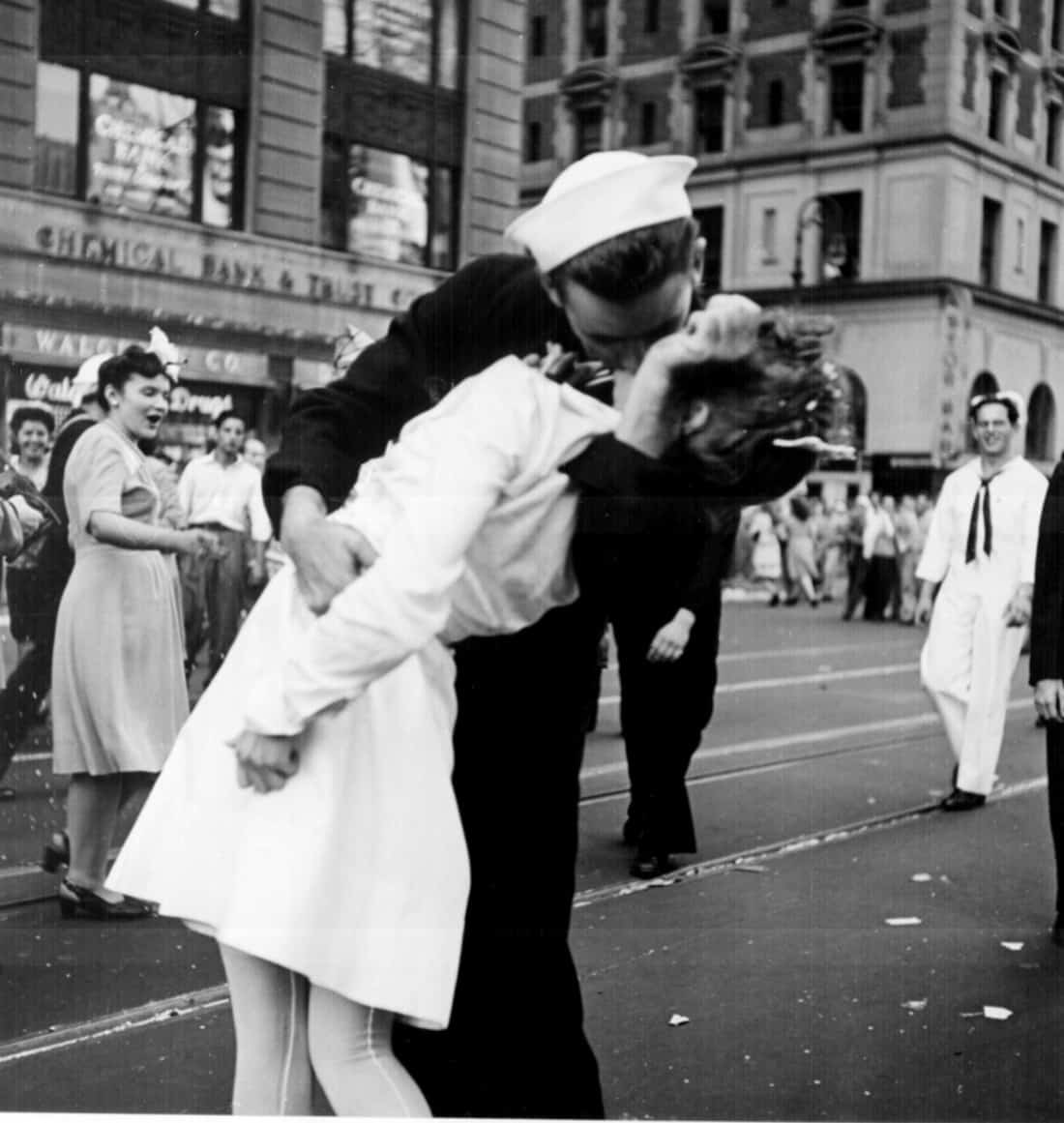The Best Guide To Framing Streets
Table of ContentsFraming Streets - Truths6 Easy Facts About Framing Streets ShownHow Framing Streets can Save You Time, Stress, and Money.The Single Strategy To Use For Framing StreetsFascination About Framing StreetsThe Framing Streets Ideas
, usually with the aim of capturing pictures at a crucial or emotional moment by cautious framework and timing. https://yoomark.com/content/street-photography-presets-adobe-lightroom-cc-timeless-journey.
, who was inspired to take on a similar paperwork of New York City. As the city created, Atget helped to promote Parisian roads as a worthy topic for digital photography.

All about Framing Streets
Martin is the very first taped professional photographer to do so in London with a masked electronic camera. Mass-Observation was a social research organisation established in 1937 which intended to record daily life in Britain and to record the responses of the 'man-in-the-street' to King Edward VIII's abdication in 1936 to wed divorce Wallis Simpson, and the sequence of George VI. The principal Mass-Observationists were anthropologist Tom Harrisson in Bolton and poet Charles Madge in London, and their very first report was generated as guide "May the Twelfth: Mass-Observation Day-Surveys 1937 by over two hundred viewers" [] Window cleaner at Kottbusser Tor, Berlin, by Elsa Thiemann c. 1946 The post-war French Humanist Institution professional photographers discovered their subjects on the road or in the bistro. Between 1946 and 1957 Le Groupe des XV annually exhibited work of this kind. Andre Kertesz. Circus, Budapest, 19 May 1920 Road photography developed the significant web content of two exhibits at the Gallery of Modern Art (Mo, MA) in New york city curated by Edward Steichen, Five French Professional Photographers: Brassai; Cartier-Bresson, Doisneau, Ronis, Izis in 1951 to 1952, and Post-war European Digital Photography in 1953, which exported the concept of street photography globally.

The Greatest Guide To Framing Streets
The recording machine was 'a surprise cam', a 35 mm Contax concealed beneath his layer, that was 'strapped to the breast and linked to a long cable strung down the right sleeve'. Nonetheless, his work had little contemporary impact as because of Evans' level of sensitivities regarding the creativity of his job and the personal privacy of his topics, it was not published till 1966, in the publication Many Are Called, with an introduction written by James Agee in 1940.
Helen Levitt, then an instructor of little ones, linked with Evans in 193839. She documented the temporal chalk illustrations - Lightroom presets that were component of youngsters's street society in New York at the time, along with the kids that made them. In July 1939, Mo, MA's new photography section consisted of Levitt's work in its inaugural exhibitRobert Frank's 1958 publication,, was significant; raw and typically out of focus, Frank's pictures examined mainstream digital photography of the moment, "tested all the official rules set by Henri Cartier-Bresson and Pedestrian Evans" and "contradicted the wholesome pictorialism and wholehearted photojournalism of American publications like LIFE and Time".